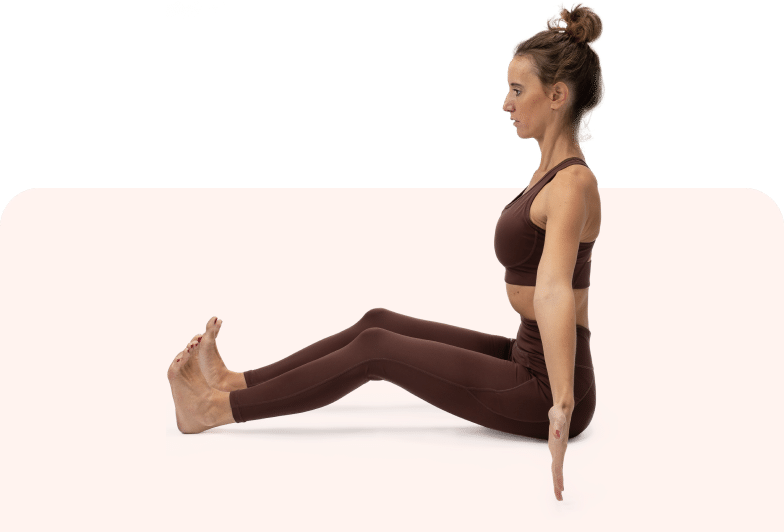Reverse symptoms of Diastasis with Hypopressives
10 minutes/day is all you need to get started from home

Hypopressives Training Course
With the Hypopressives breath-hold, get back to doing things you love with no limitations.
- 10 mins/day videos to follow-along
- 1:1 support from a hypopressives instructor to ensure you are doing the technique right
- Live weekly classes that are affordable and catered to different time zones
Why our programs work?
1:1 Support personalized to your needs
LIVE weekly classes and group calls
Continuous updates of content and new therapies
On-demand video library, any time, any device


Here are answers to questions you might have
With time and care, especially if you are postpartum, there is a chance that this can heal itself. However, given how common this condition is, it is normalised to make women believe that we have to live with a few finger separation which is incorrect. Diastasis recti can also improve years later with the right type of exercises that target the root cause of the condition. Yes, you can without surgery
Yes, by learning the right posture and breathing techniques, you can indeed start to see better health outcomes years after your initial discovery of Diastasis recti. Our oldest member is 93 years old!
Yes, you can indeed work with Hypopressives to see improvement across a range of symptoms including symptoms of pelvic floor dysfunction, diastasis recti, back-pain etc.
As you can imagine, the answer is very individual. Some women notice a change after 3-6 months. Some after 3-6 weeks. It is fair to assume good progress within 9-12 weeks if you put in 10 minutes/day consistently over this period.
It depends on what the other programs contain. Please write to us at support@moonrise.health so we can guide you further
Yes, we do have adapted exercises that you can add as a compliment to your Hypopressives routine.
Yes, Hypopressives can help with Diastasis Recti even if you have had a C-Section.
Yes. Hypopressives can help create better posture, strengthen your fascia and abdominal muscles and create better breathing patterns that helps prevent the symptoms of Diastasis Recti and pelvic floor dysfunction
Tips and tricks to reach peak feminine health
Join over 60,000 women who read our articles every week.
Get your health back from your home
You can get your core back without surgery

10 minutes/day of Hypopressives is all you need to reclaim your health
With the Hypopressives breath-hold, get back to doing things you love with no limitations.
- 10 mins/day videos to follow-along
- 1:1 support from a hypopressives instructor to ensure you are doing the technique right
- Live Weekly Zoom classes










